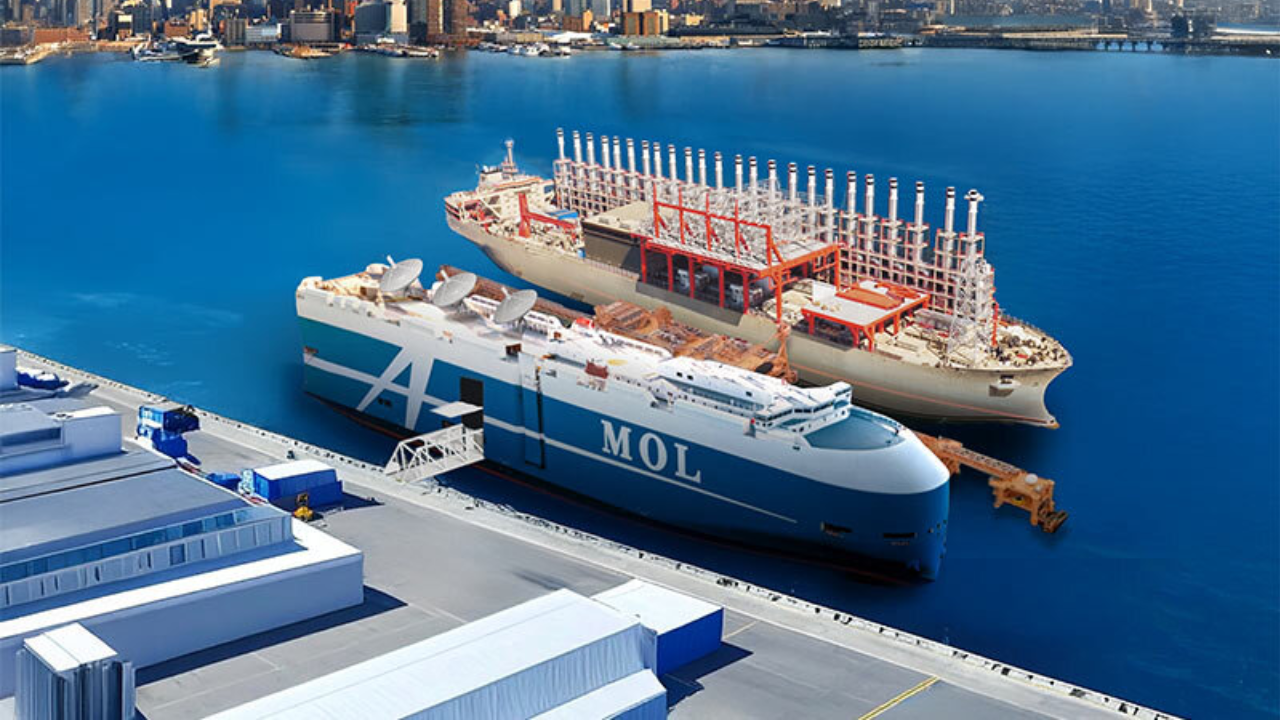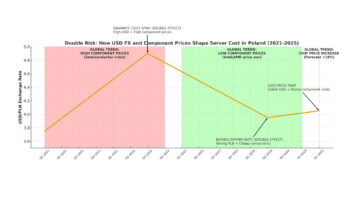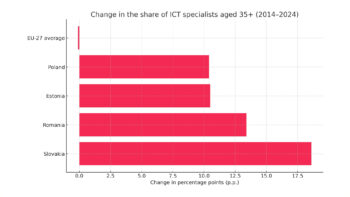Japanese company Mitsui O.S.K. Lines (MOL) is opting for an out-of-the-box solution: moving its IT infrastructure onto the water. Together with Kinetics, MOL plans to build a floating data centre with a capacity of up to 73 MW.
The project involves converting an existing ship into a vessel capable of self-powering and cooling server installations. Energy could come from land, although at this scale this is doubtful, or from a floating power plant. MOL is considering working with Karpowership, a company specialising in energy-generating vessels. The final design is expected to be built later in 2025, with the first tests starting in 2026, with a commercial launch planned for 2027.
An offshore location carries several potential advantages: mobility, shorter construction time (about a year compared to 2-3 years for a land-based development) and no need to occupy valuable land. Additionally, natural seawater or freshwater cooling can significantly reduce operating costs and improve energy efficiency.
Nevertheless, the project raises questions. The biggest remains the issue of power supply – especially if the vessel is to operate autonomously, away from ports. Also, the aspect of physical connection to the onshore grid (e.g. via submarine cables) and compliance with environmental and port regulations could become barriers. The real utility of mobility is also puzzling – in what scenario would moving 73 MW of server power across the ocean make business sense?
Floating data centres are not a complete novelty – similar concepts have previously been tested by Google and other startups. However, the Japanese MOL project is the first such ambitious approach fully integrated with maritime logistics and its own power source.
If successful, the initiative could open the way to a new segment in the data centre industry – especially in countries with limited energy infrastructure or difficult access to land for investment.












